Why Photographs Work
52 Great Images: Who Made Them, What Makes Them Special and Why
George Barr
Art and Inspiration, Photography, Print
Every photographer, from weekend enthusiast to professional, can learn by studying the “greats.” In Why Photographs Work, author/photographer George Barr analyzes 52 striking images by some of the world's top photographers. Accompanying Barr’s analysis of each image is an explanation by the photographer describing the circumstances of making the...
Read More
Read More
- Print Book: $39.95
| BOOK AUTHOR | George Barr |
|---|---|
| PAGE COUNT | 228 pages |
| TRIM SIZE | 10 x 10in |
| COVER | Soft Cover |
| ISBN | 978-1-933952-70-3 |
| PUBLISH DATE | 12/2010 |
1 review for Why Photographs Work
You must be logged in to post a review.
Related Products
-
05/2015
Ebook, Photography, Print, Print and digital bundle, Specialized Topics, Street This product has multiple variants. The options may be chosen on the product page $23.99 – $39.95Street Photography
Ebook, Photography, Print, Print and digital bundle, Specialized Topics, Street This product has multiple variants. The options may be chosen on the product page $23.99 – $39.95 -
Sale!
11/2015 On Sale!
Art and Inspiration, Composition, Ebook, Print, Print and digital bundle, Topics and Techniques, Sale This product has multiple variants. The options may be chosen on the product page $20.00 – $35.00The Visual Palette
Art and Inspiration, Composition, Ebook, Print, Print and digital bundle, Topics and Techniques, Sale This product has multiple variants. The options may be chosen on the product page $20.00 – $35.00
Related Products
-
05/2015
Ebook, Photography, Print, Print and digital bundle, Specialized Topics, Street This product has multiple variants. The options may be chosen on the product page $23.99 – $39.95Street Photography
Ebook, Photography, Print, Print and digital bundle, Specialized Topics, Street This product has multiple variants. The options may be chosen on the product page $23.99 – $39.95 -
Sale!
11/2015 On Sale!
Art and Inspiration, Composition, Ebook, Print, Print and digital bundle, Topics and Techniques, Sale This product has multiple variants. The options may be chosen on the product page $20.00 – $35.00The Visual Palette
Art and Inspiration, Composition, Ebook, Print, Print and digital bundle, Topics and Techniques, Sale This product has multiple variants. The options may be chosen on the product page $20.00 – $35.00

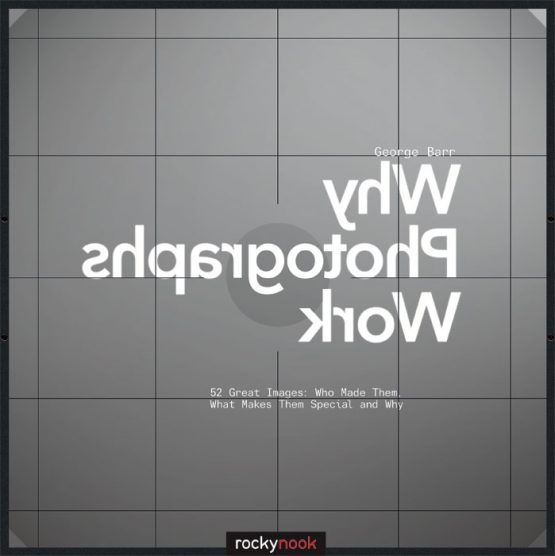

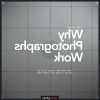
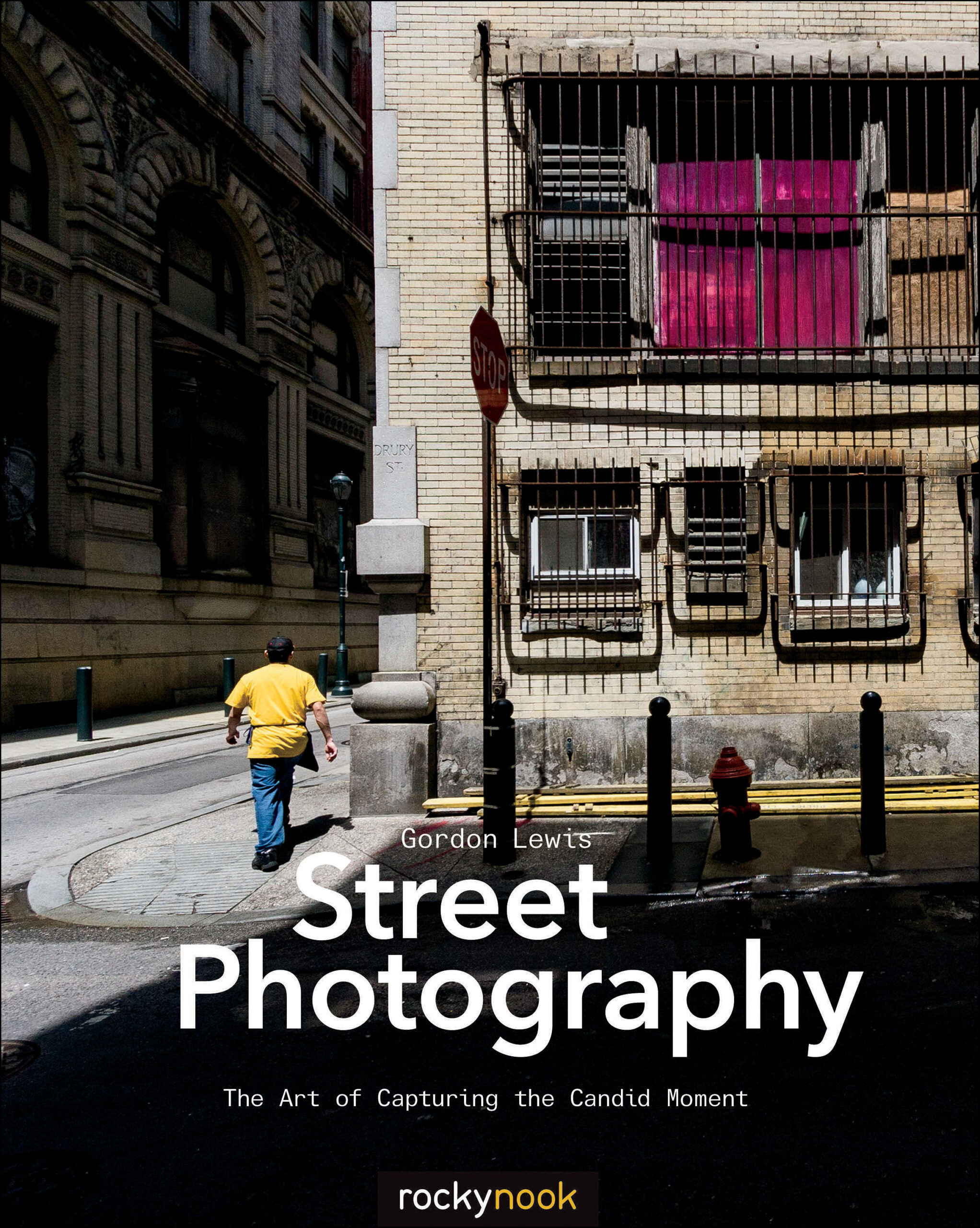
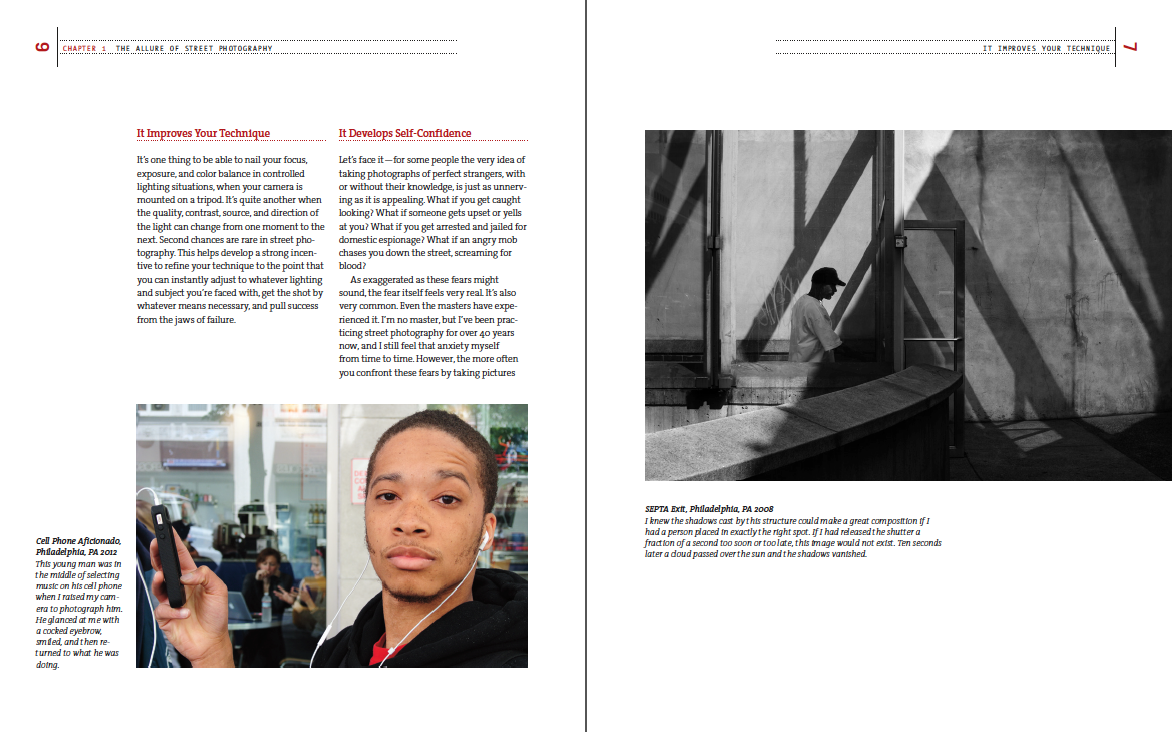

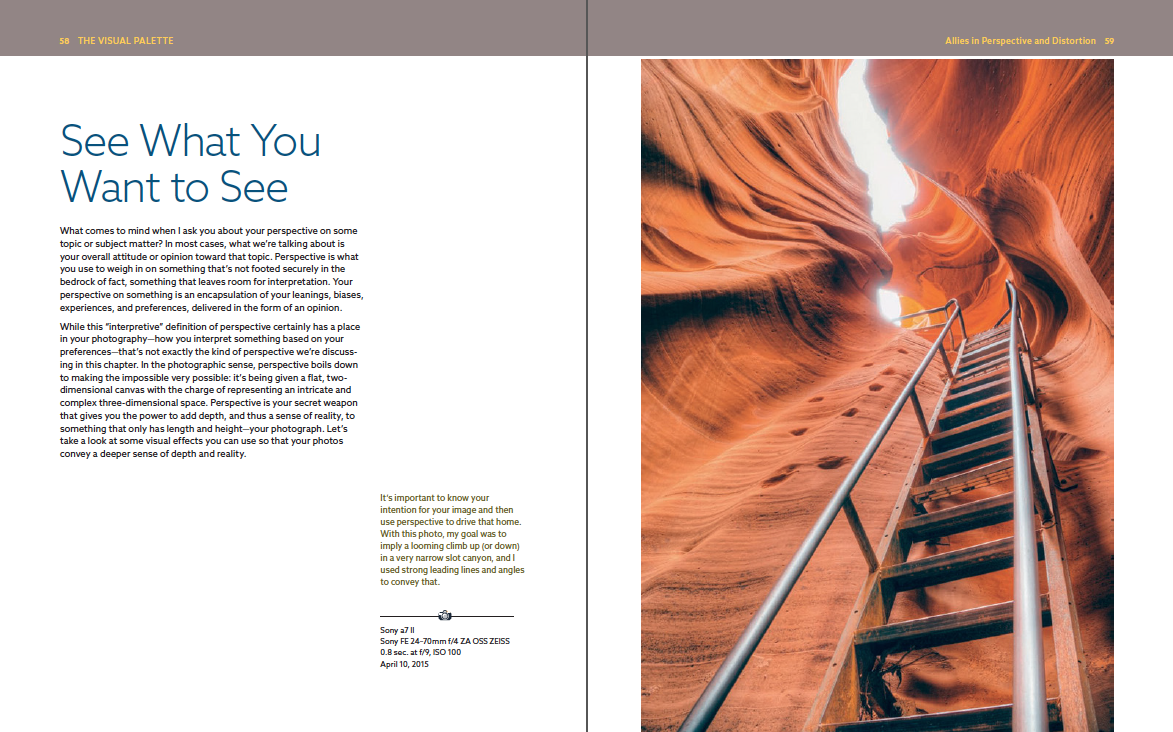
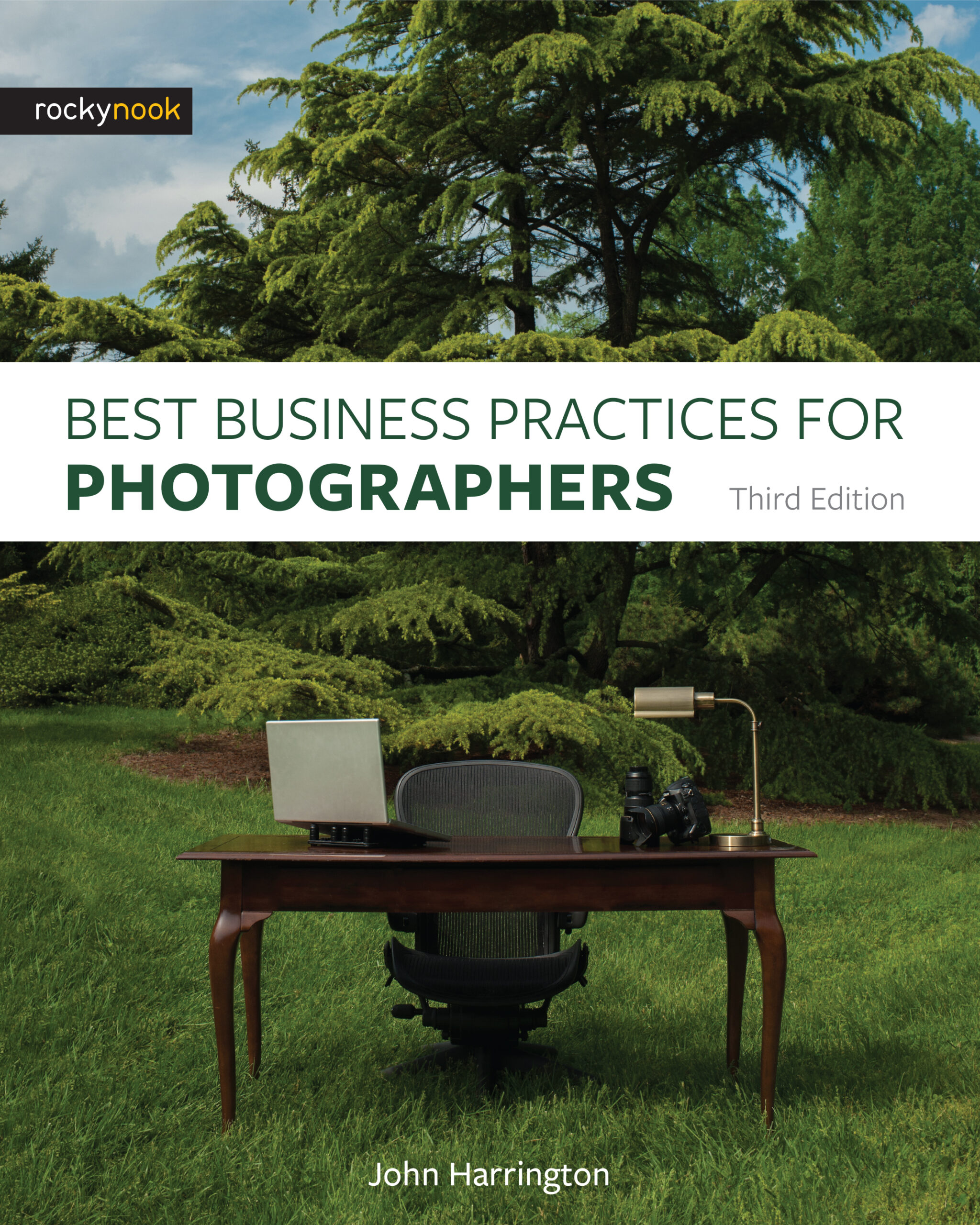
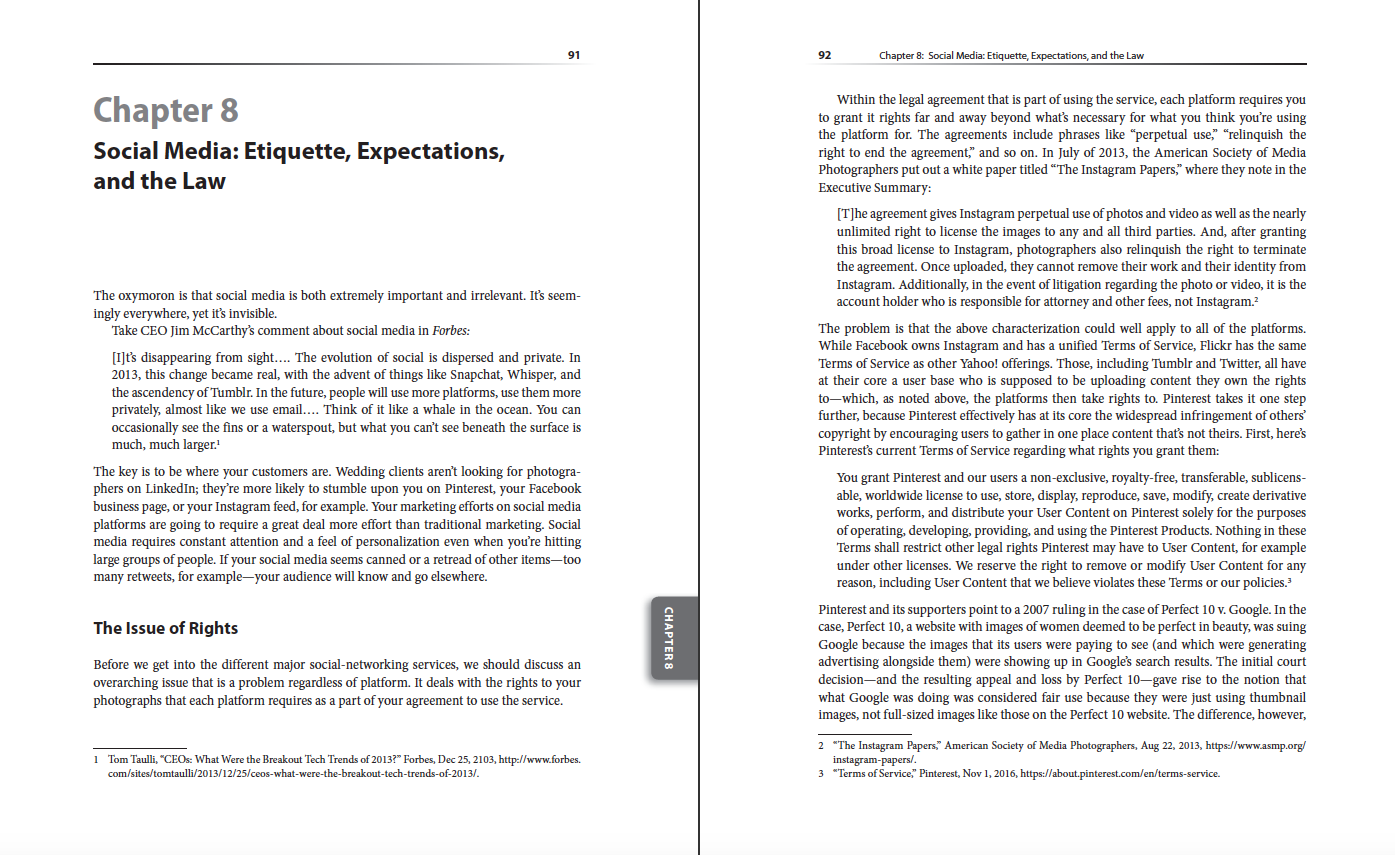

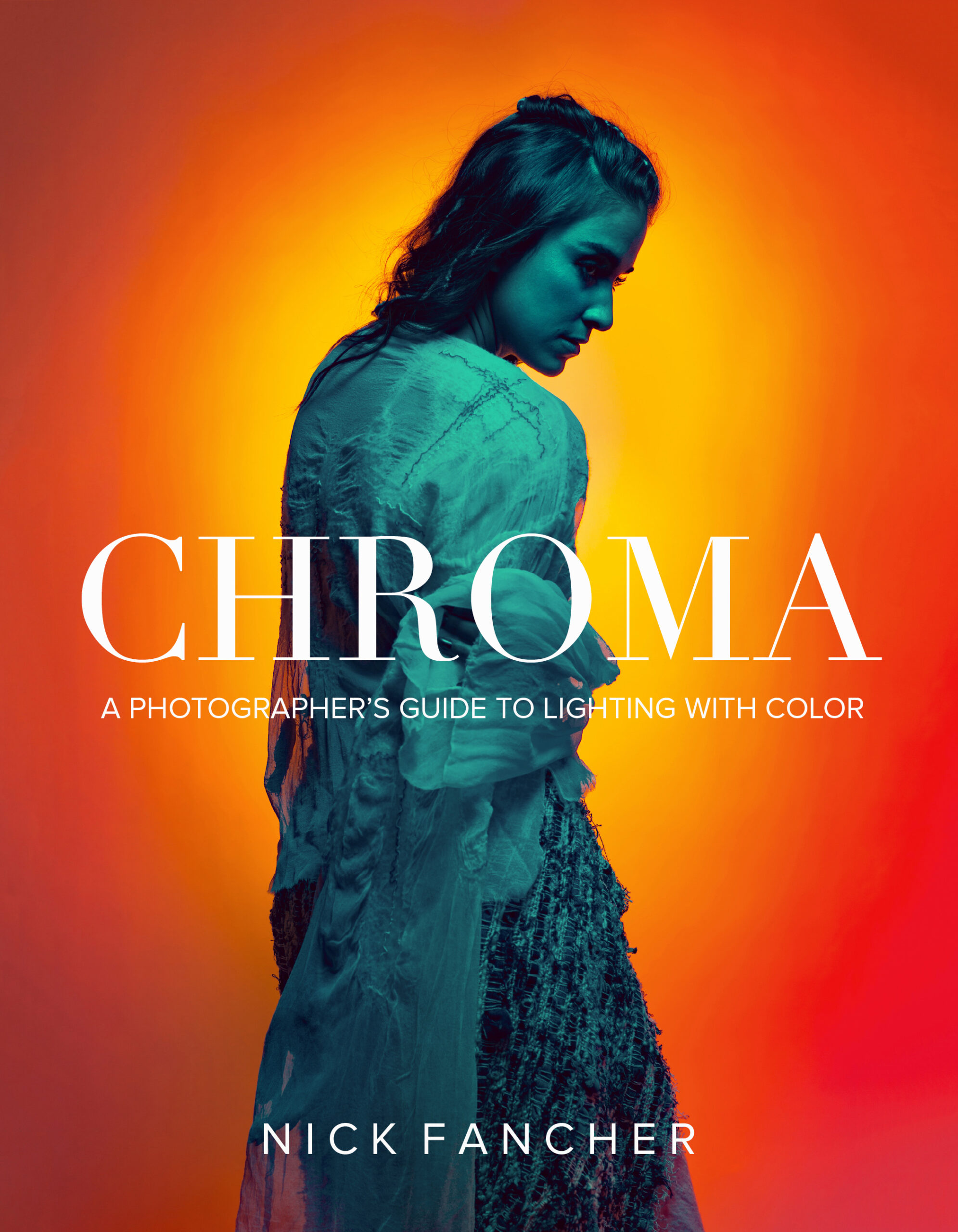


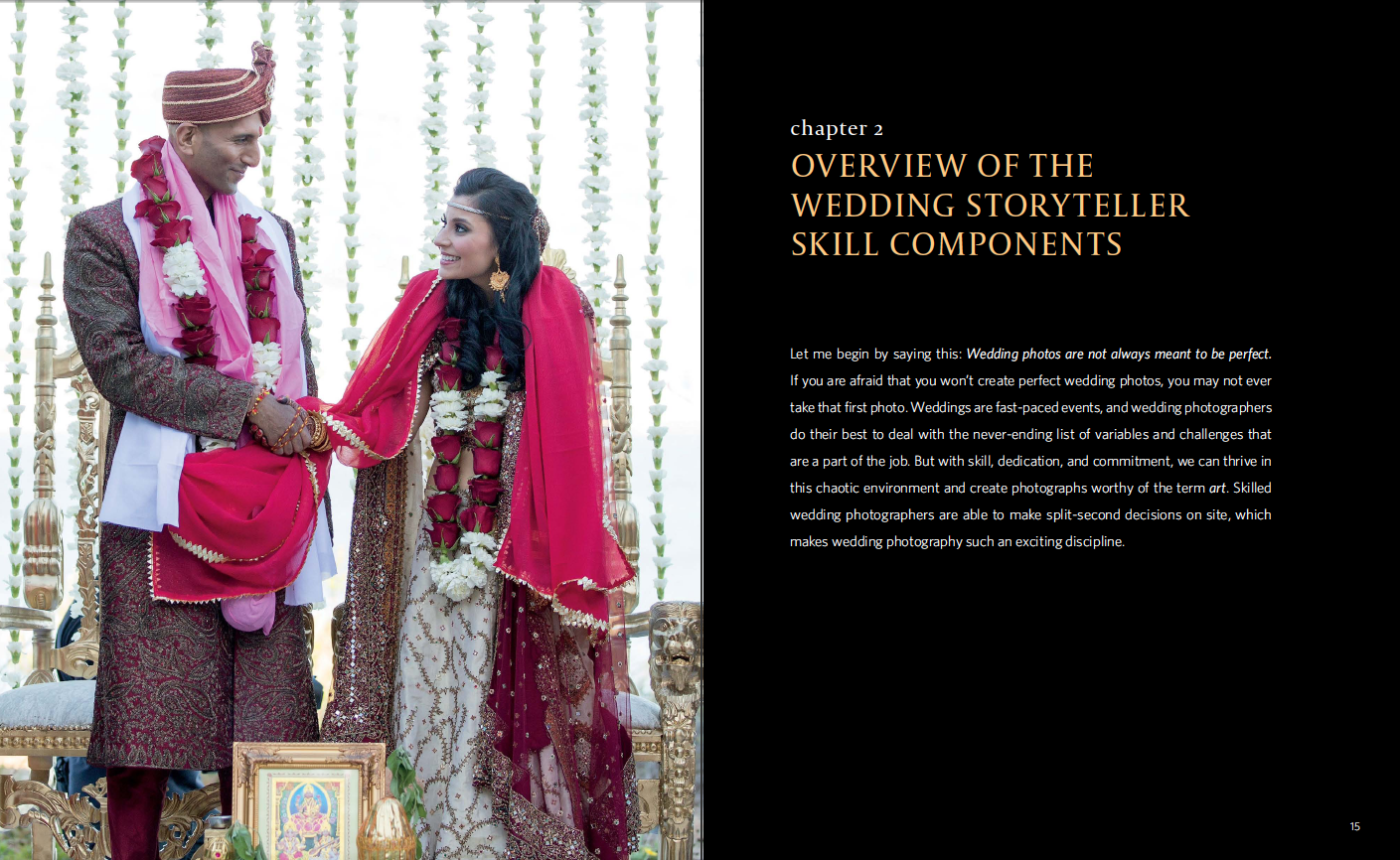


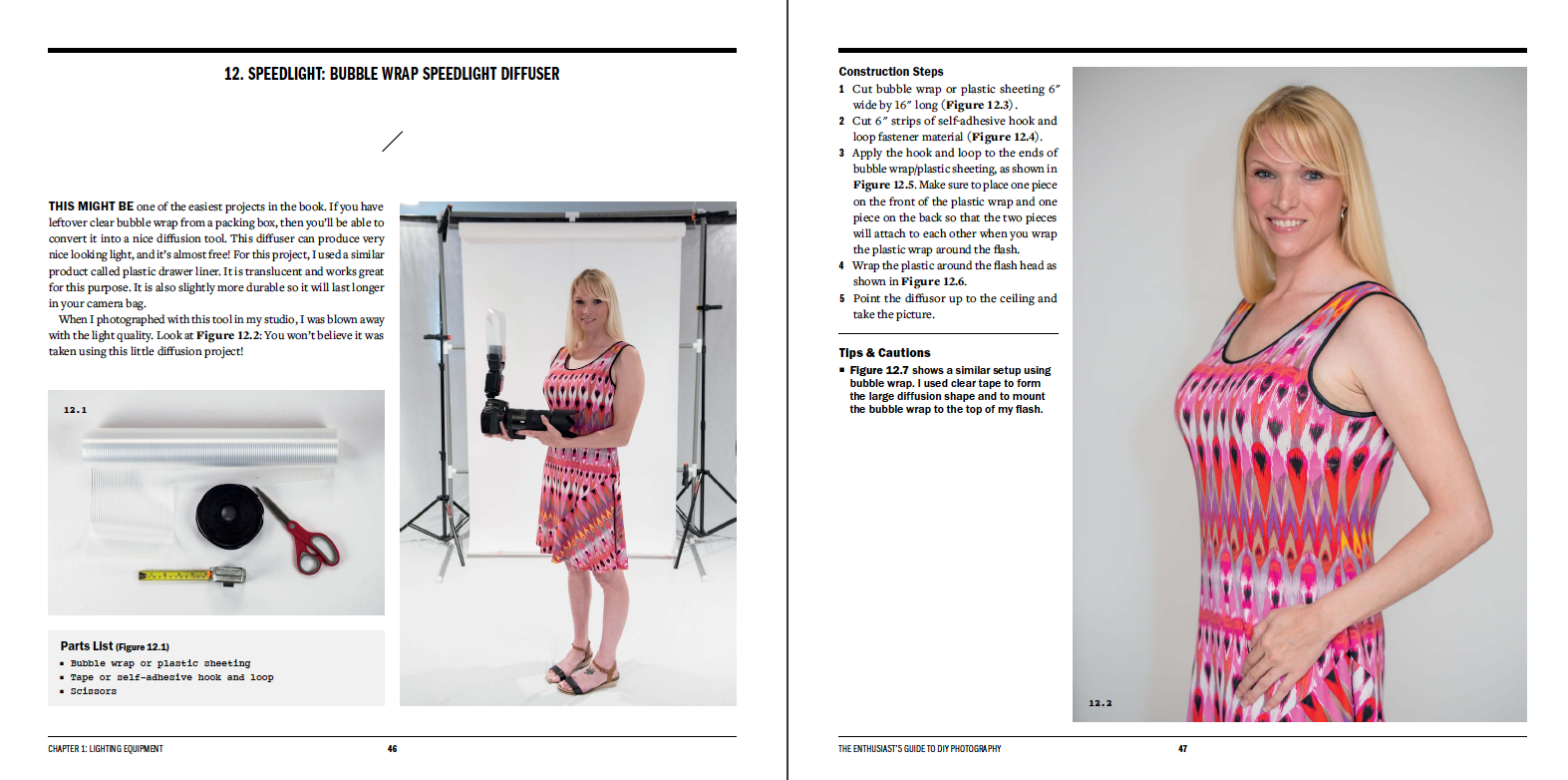
Gloria
It’s a good sign that the first photographer Barr discusses is Bruce Barnbaum, one of my favorite authors of photography books. Barnbaum’s image is the photo taken in Antelope Canyon and the play of light and dark is just marvelous. For each photographer that Barr covers, he talks about the photographe’s perspective when s/he took the photograph and what her or his philosophy is, the photographer’s biography (in most cases a brief autobiography) and the technical aspects of the photograph. Beginning of each section is the author’s analysis of why the picture works.
I get a lot from comparing the autho’s analysis of the photo against the photographe’s analysis. Interesting to see what the photographer intended and what the author saw in the photo. Also, I love when the technical information is given so I can absorb that as well.
I find it especially interesting to read why the various photographers chose photography as a career. So many of them started out in unrelated professions: for example, mathematicians, orthodontist, etc.
So many of the photos are worth the price of admission themselves. I especially like one of an elephant drinking-not that I haven’t seen hundreds of pictures of elephants, but this one is striking in its composition and tones. So aside from reading fascinating text, you get to look at outstanding photography.
Toward the end of the book is an astounding photograph of the doorways of an abandoned mental asylum. The author points out that the composition alone is responsible for much of the photograph’s beauty. He also noted that fact out to the photographer, which helped the photographer turn the corner to a more successful career :-). His point with this photograph is that most photographers have a few that stand out and that generally everyone agrees on those photos. In other words, it’s not just personal taste, but some photographs are just inherently more beautiful than others.
One of the last images in the book is a portrait of an older woman that is cropped in an unusual but compelling way. Again, it is such a joy to read what the photographer intended when he made such a photograph. In this case, with the face with narrowly cropped so that basically only the eyes, nose, and mouth showed, the photographer was attempting to highlight the ever-present warm expression in the subjects eyes. Even more impressive, the photographer met Ansel Adams at a workshop in the 1970s!
This is a book I will keep in my library to refer to in the future. There is much to learn from it.